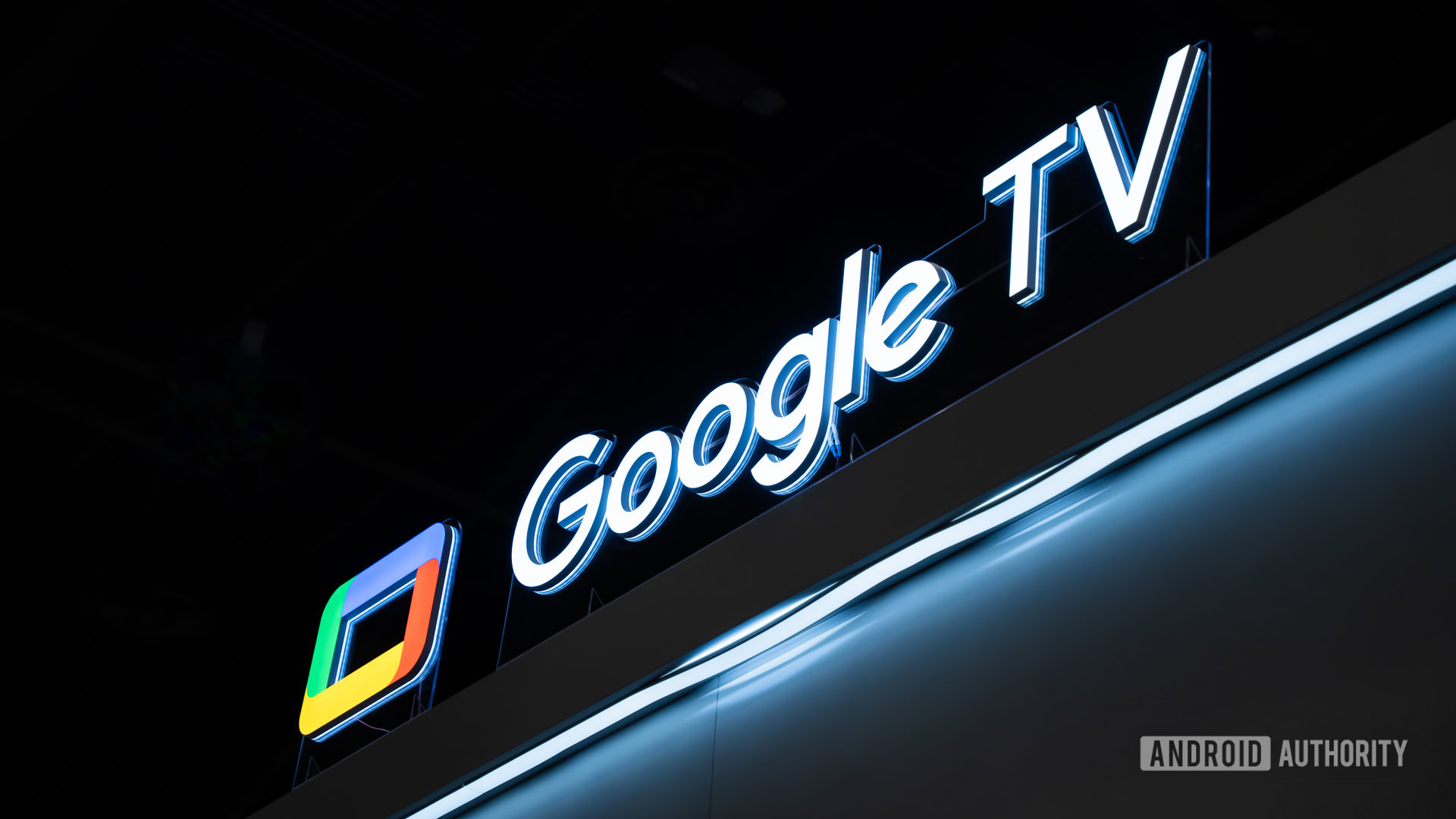Edgar Cervantes / Android Authority
TL;DR
- Google is reportedly having trouble securing revenue from its Google TV platform.
- It has now resorted to lowering its commissions on ad spaces to incentivize advertisers.
- Google is facing heat from competitors such as Samsung’s Tizen, LG’s WebOS, Roku, and Amazon’s Fire OS in the US.
Back in 2020, Google merged its Android TV and Chromecast efforts and launched a Google TV interface aimed at increasing discovery. While its focus to promote relevant content — basically based on your preferences and watch history from various streaming apps installed on the TV — has ramped up, Google has also worked hard to continuously inject ads to generate revenue streams other than licensing fees paid by TV manufacturers.
However, the efforts do not seem to be working much in Google’s favor. As per a recent report by The Verge (paywalled), the tech giant, whose most significant revenue source is advertising, is struggling to make enough money from ads on the TV platform.
The report says Google has spent millions of dollars on making the platform lucrative to advertisers, but has yet to make a profit on its investments. And with “costs exploding,” Google is forced to re-evaluate how much more it wants to invest. In a desperate attempt to generate more money from Google TV ads, it is renouncing control of ad slots and freely offering them to streaming service providers who publish their apps on the platform, in exchange for a commission.
This approach goes against what other brands like Ruko and Vizio employ, where they reserve some of the ad slots, including those within the apps, and claim the entirety of the commission from those. Google appears to have now hit the panic button and is relinquishing control over those ad spaces, according to The Verge‘s report.
Google’s nervousness can also be backed by its share in the North American smart TV market. While more than two-thirds of US households are estimated to own a smart TV, according to Park Associates, only about 10% of them use Android or Google TVs. The percentage is much higher worldwide, where about a quarter of new TVs are shipped with one of Google’s interfaces. However, that also accounts for an “operator tier,” which is highly customized by TV manufacturers or companies operating them, which takes away a significant portion of Google’s revenue.
In the US, where Google can exert more control, the smart TV market is dominated by Samsung, LG, and Roku. Meanwhile, Amazon, which currently stands at about 5%, is increasing pressure on Google by engaging in aggressive retail placements. The Verge notes Amazon recently partnered with Hisense to launch smart TVs with its Fire TV OS — replacing Google TV from the brand’s previous lineup. Amazon is reportedly also incentivizing retail partners like Costco to sell its Fire OS-based Hisense TVs by offering “bounties” up to $50 per TV activated.
It’s Google TV vs. YouTube

Joe Maring / Android Authority
Adding to the platform’s woes, Google TV’s ad revenue is seemingly being cannibalized by its cousin, YouTube. Notably, YouTube’s views on smart TVs have increased consistently over the years, and it currently makes up for 25% of the views that all streaming services receive in the US. As a result, Google’s sales teams are forced to prioritize it over the Google TV platform. This has also triggered budget cuts and layoffs in the Google TV team, as reported back in June.
So, unlike Android, Google TV hasn’t given the tech giant the monopoly it was hoping for. But what does that say about the platform’s future? We aren’t quite sure yet, but it doesn’t look all bright and shiny for the team. For now, Google is looking at shorter-term partnerships with TV manufacturers, and uncertainty looms around Google TV’s future.
While we hate the ads, we sure hope Google doesn’t give up on yet another service. It could, however, mean Google scales back its efforts and prioritizes other profitable avenues.
Thank you for being part of our community. Read our Comment Policy before posting.










